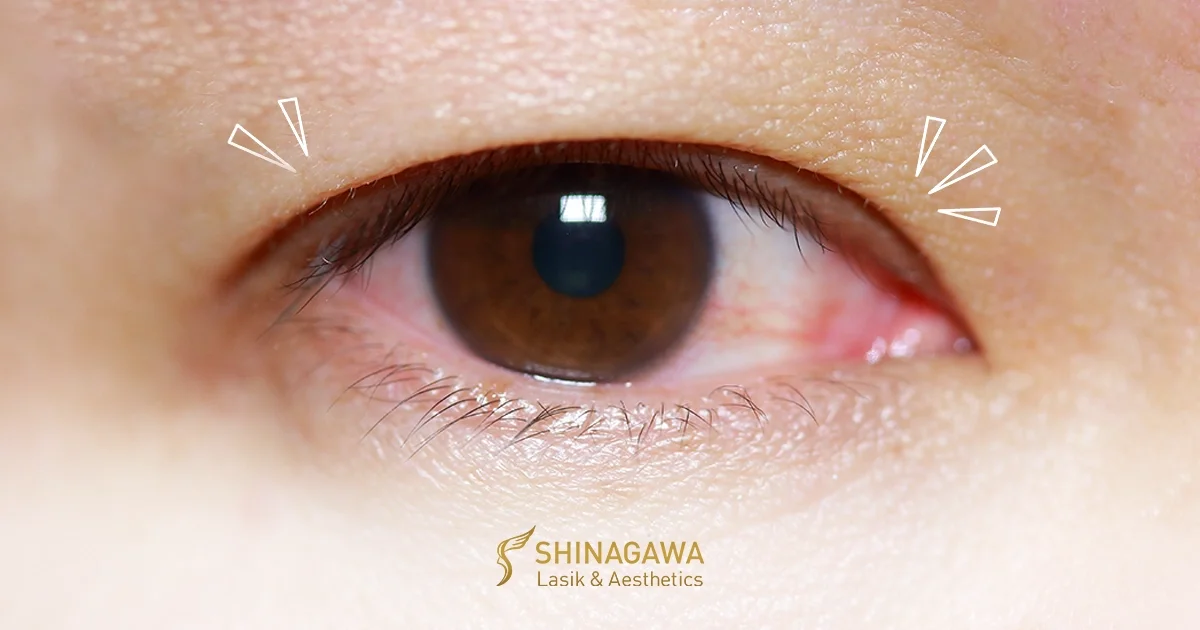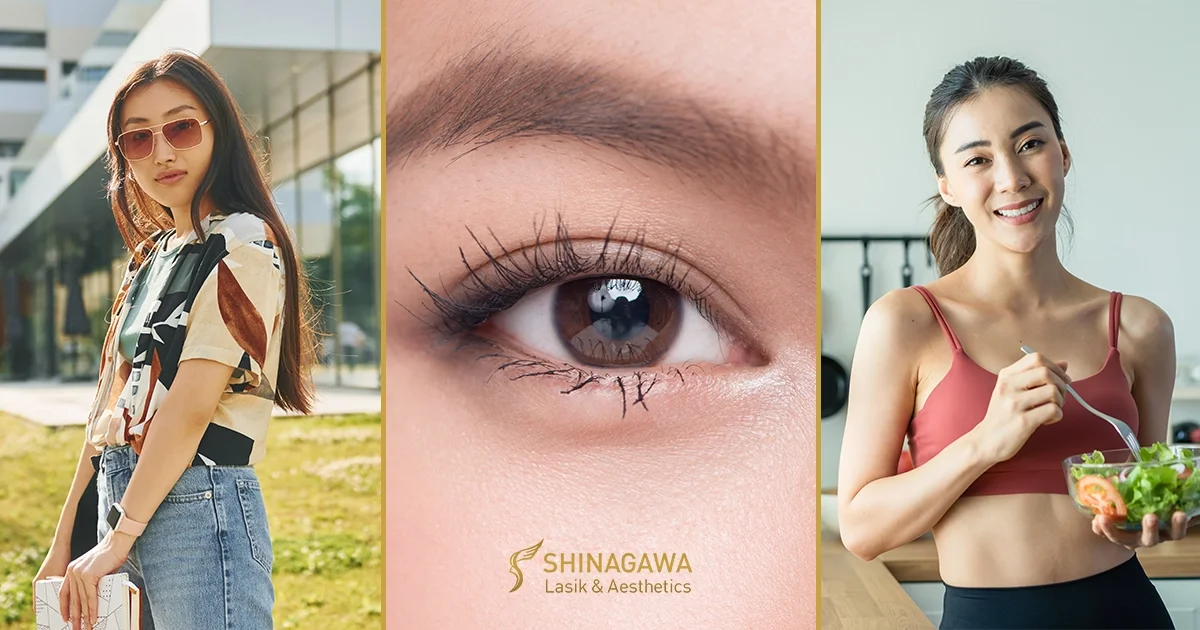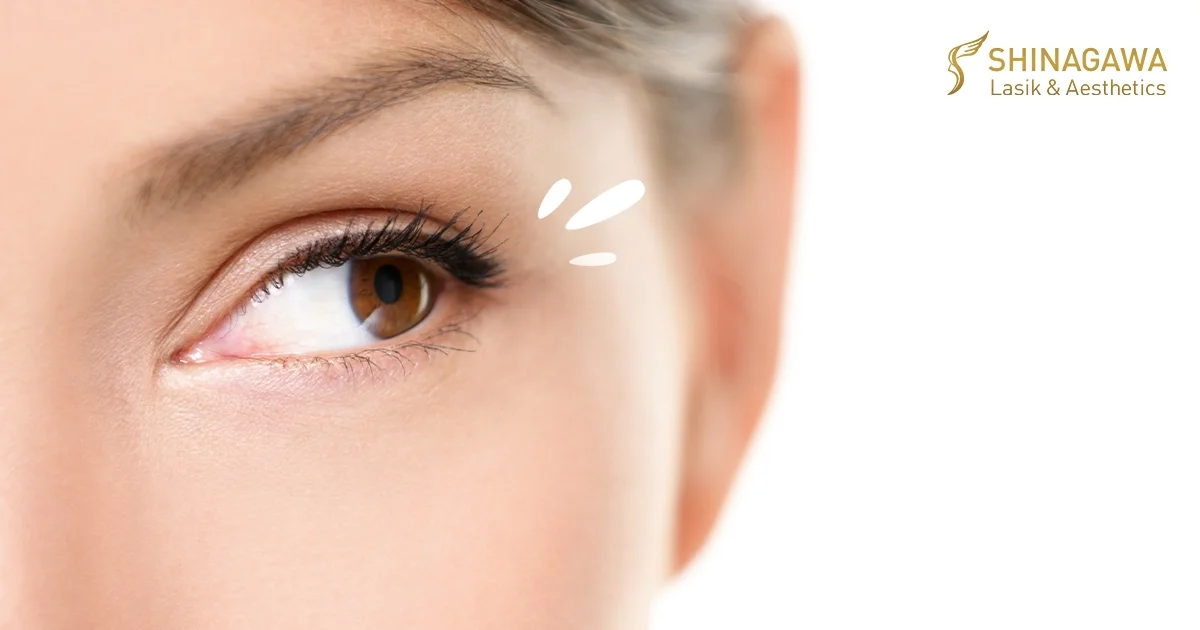Comparing Scratched Cornea & Pink Eye
Confused between an eye scratch and an eye infection? Both can feel similar, but the cause and treatment are very different, and it is important to know the difference.
Let’s explore the differences between the two so you can get the right treatment and care for your eyes.
What is Pink Eye?
Pink eye is also known as conjunctivitis and occurs when the conjunctiva, or the transparent covering over the white portion of the eye, becomes red and swollen. This is typically caused by a viral infection and results in a sharp, poking sensation along with redness and tearing. It can affect one or both eyes and often causes sensitivity to light.
What is a Scratched Cornea?
A scratched cornea, on the other hand, is much more painful. The cornea is the most sensitive part of your body and a scratch can result in severe sensitivity to light and tearing. It may difficult to keep your eye open and the onset is usually sudden.
Can you have similar symptoms with a scratched cornea and pink eye?
Both conditions cause similar symptoms and it can be challenging to tell the difference. Both a scratch and an infection cause a feeling of something in the eye as well as light sensitivity and tearing.
Is it pink eye or scratched cornea?
Let’s take a moment to compare the symptoms of scratched cornea vs. pink eye. Identifying the symptoms is the first step to catching any illness, so knowing the difference is important.
Symptoms of Pink Eye
If you have conjunctivitis, you may experience some or all of the following symptoms in one or both eyes.
- Puffy eyelids
- Pain
- Thicker discharge
- A burning sensation
- Crusting
- Hazy vision
- Itching
- Tearing
- Sensitivity to light
Symptoms of Scratched Eye
If you have a corneal abrasion, the following symptoms will only be present in one eye.
- Tearing
- Light sensitivity
- Hazy vision
- Extreme pain
- An uncomfortable feeling of something stuck in your eye
Pink Eye vs. Corneal Abrasion: What are the causes?
Distinguishing between pink eye and a scratched eye can be based on the cause:
- A corneal abrasion may result from something physical entering the eye, such as an edge of a paper sheet, dust, sand, metal, or even dirt. People who rub their eyes while wearing contact lenses or have dry eyes might also be vulnerable.
- On the other hand, conjunctivitis can be caused by a virus or bacteria that can be spread from person to person, allergies, chemical irritation, or smoke.
- Lastly, if you can pinpoint something that caused physical trauma to your eye just before the onset of symptoms, it is likely to be a corneal abrasion. However, if other people around you have similar problems, it is most likely conjunctivitis.
What are the other key differentiators of pink eye and scratched eye?
Here are some other factors that may help you determine the cause of your eye symptoms:
Impacted Location
A corneal abrasion is the result of being physically hit in the eye and is usually only in one eye. Meanwhile, pink eye infection often starts in one eye and can spread to the eye soon after.
Pain & Sensitivity
The discomfort from a scratched cornea is much more intense than that from pink eye. Additionally, sensitivity to light is more severe in cases of a corneal scratch.
The Type of Discharge
Pink eye is known for a thicker white, green, or yellow discharge and may also bring about watery eyes and a runny nose. On the other hand, the eye produces tears and thin mucus in the case of a scratched eye.
Furthermore, a green, yellow, or thick discharge from a corneal abrasion requires medical care, as it indicates an infection.
What are the options for treatment for pink eye and corneal abrasion?
Our doctors can customize treatment to suit your individual needs in the following ways.
For a Scratched eye:
- A patch to cover the eye and prevent blinking
- Antibiotic drops to reduce the risk of infection
- Drops or ointment to relieve pain and discomfort
- Special drops to dilate your pupil and relieve pain.
- Additionally, contact lenses may be prescribed to accelerate the healing process and reduce pain.
For Conjunctivitis:
- If you have an allergic pink eye, your doctor may give you eye drops to help reduce itching and swelling around the eyelids. You can buy artificial tears from the store, which will help soothe your eyes and flush out any allergens.
- If your pink eye is caused by a virus, treatment focuses on making your eyes feel better, such as putting a cool, wet washcloth on your shut eyelids.
- If it is bacterial pink eye, you may be prescribed antibiotics in the form of eye drops to manage the infection.
Are you suffering from a painful and uncomfortable pink eye or a scratched cornea? Don’t endure the agony any longer – contact our team of experienced eye specialists now and experience relief with our assistance!
For inquiries, questions, and appointments, call our Patient Care Lines:
🖥 Talk to our Consultants via Livechat: https://shinagawa.ph/
📱 Instagram: https://instagram.com/shinagawa_ph/






